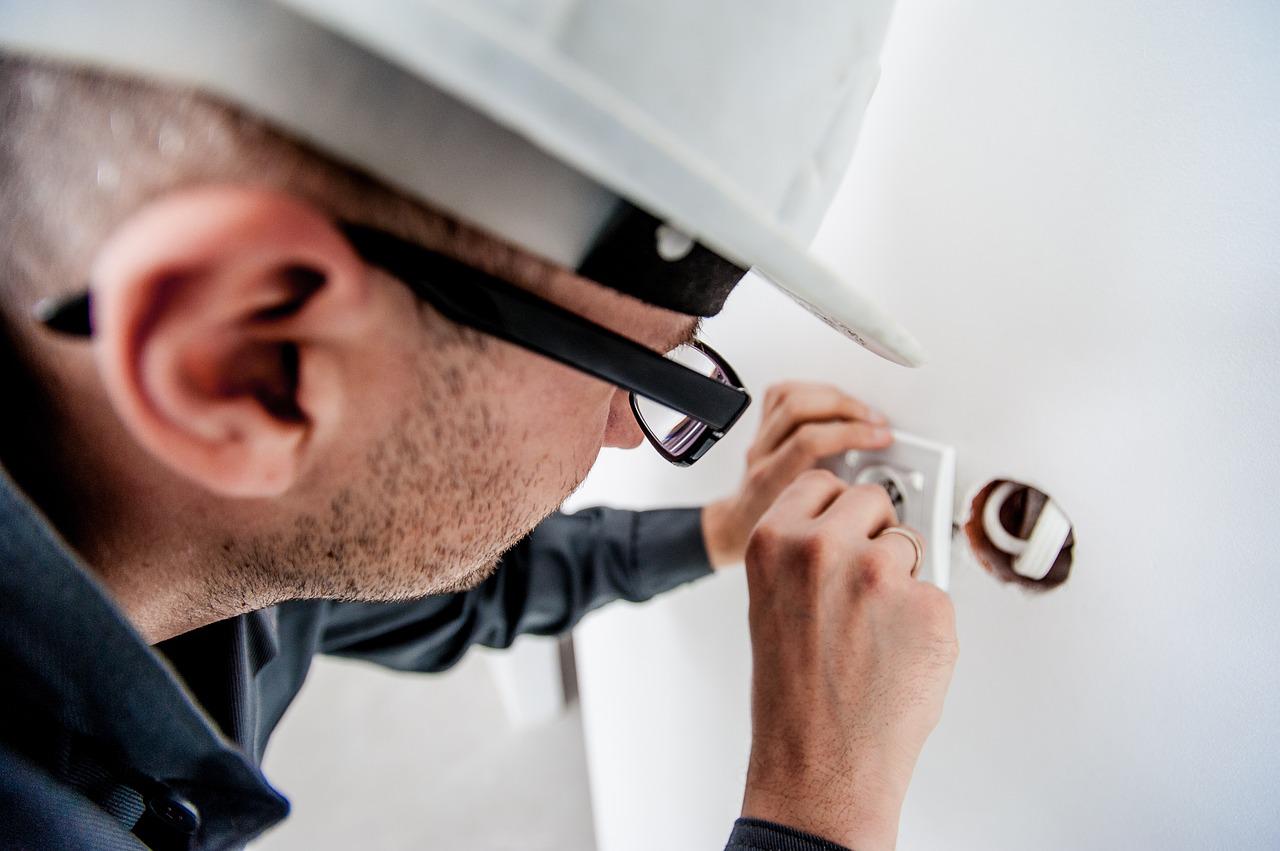Table of Contents
There are several great reasons to skip buying a house and choose to build a home yourself – well, not literally yourself, with contractors of course. When designing and conceptualizing your family’s next home, be sure to hire the best architectural team – they need to have the perfect balance of creativity and experience.
Once you’ve decided how big (or small) you envision your new home to be, there are some extremely important considerations to make that will help to turn your dreams into reality. One of the most vital things to plan is the electrical and plumbing requirements for your new house.
How to calculate your home’s power needs
Below are five tips for calculating your home’s power needs:
Consider appliance requirements
One of the most vital considerations to make when planning your new home is what the electrical requirements of your appliances are. All appliances have different energy requirements, so the most efficient way to do this is to use a home power consumption calculator.
That will show you how much power you can expect your home to use each month and it will also help to give you a clear estimate of what your power bill will be.
Plug layout
The layout plans for your home’s plugs are one of the single-most vital elements of your entire planning process. Create a list of all the rooms you want in your home and carefully plan out the plug layout of each one.
Remember to position the plugs below the counters in your laundry area that will house appliances like washing machines and tumble dryers.
Electrical connections
Sit down with your architects and contractors and go over the electrical connections in your home. Decide where these will run and ensure they are in an easily accessible space – should repair needs arise.
Electrical connections need to be planned for all-around your home and connected via wiring to switches, outlets, meters, and appliances. If your home requires a larger power supply, upgrade by finding a 60 amp breaker for sale.
Future extensions
When planning your power requirements, ensure that you consider any future extensions you plan on adding to your home. Adding or extending rooms in your home will exponentially increase the energy demands of your home.
Choose clever ways to use power, like adding extra insulation – that will lower your electricity bill by making your heating and cooling systems run more effectively.
External power sources
The last thing that you need to consider when designing your next home is whether or not you see yourself needing power outside. Most homes these days have some form of outside electrical requirements – whether it be for a pool, sauna, or electric gate motor, chances are you will need power running to the outside of your house.
Final words
Having power running to your outdoor space means that you can automate your garage doors, add security beams and lighting, as well as entertain on your patio – who doesn’t love the sound of that?




